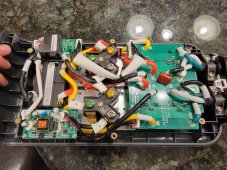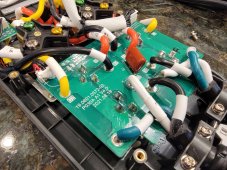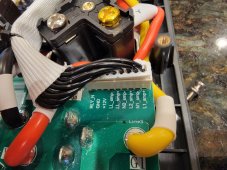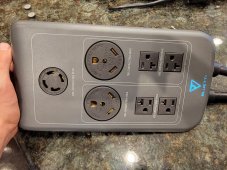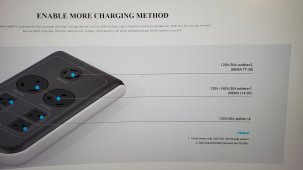IMO in a world of regulations, codes and standards they are there for a reason, and I feel a big portion is consistency.
There’s a million different ways to skin a cat or wire a system and still “work”, no one will be killed, but it’s still not right and posses an unneeded risk to a system that has high consequences . It’s these codes and specifications that take out that risk and minimize errors.
It’s clearly fact that this device is on the market that doesn’t meet a known code/specification. The company even admitted it and knows it’s an error and is willing to address it (a running model rev change if I’m not mistaken). I’m more curious of how this error came from design, into production, and out in the publics hands. Did this design save on the bill of materials, did someone think, hey we can save $0.03 a unit by doing this, no one will notice. Was it gross incompetence?
The risk in continuing to produce a product that isn’t to specification (and may cause harm to maybe only .00001% of users) isn’t a risk the company is willing to take.
IMO any discussion explaining how a mistake “is fine” and down playing an error as “not a big deal” doesn’t do anyone any good other than to stroke the marketing egos of the company producing said flaw.
This kind of reminds me of a couple o rings that “met spec” and had proper tolerances, yet a bunch of people knew of a flat out error, others thought it wasn’t a big deal and accepted the situation “as fine”. . .








